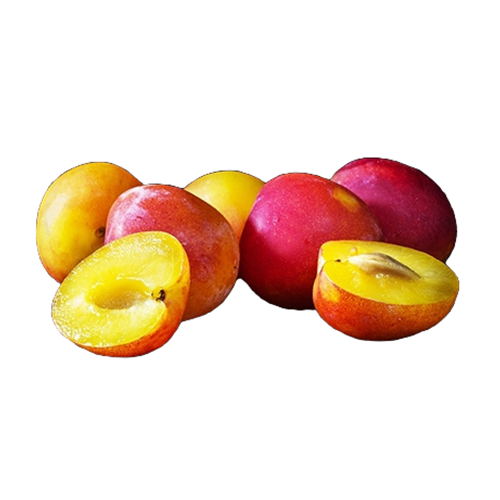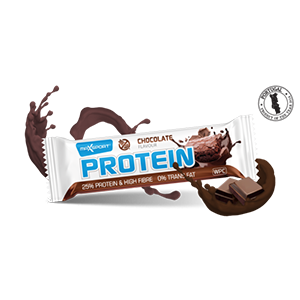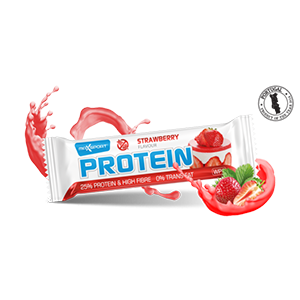Διατροφική αξία
Έχουν μόνο 46 θερμίδες ανά 100 γραμμάρια, δεν περιέχουν κορεσμένα λίπη και είναι πλούσιες σε μέταλλα και βιταμίνες. Όπως και τα συγγενικά τους δαμάσκηνα, συμβάλλουν στην αύξηση της απορρόφησης σιδήρου στο σώμα, γεγονός που μπορεί να οφείλεται στο γεγονός ότι αποτελούν καλή πηγή βιταμίνης C, σύμφωνα με έρευνες.
Προφυλάξεις
Για όσους έχουν ιστορικό νεφρικών λίθων συνιστάται να τις αποφεύγουν.
https://www.itrofi.gr/fytika/frouta/article/2148/oi-hymodeis-aromatikes-kai-ygieines-vanilies
What are plums?
Plums are a medium-sized stone fruit. The most popular variety has a dark purple-red skin with yellow flesh inside, both of which are edible. You can also find plums that are green-yellow. All varieties have a stone in the centre of the fruit that is not edible. When dried, plums are known as prunes.
Nutritional profile of plums
Plums primarily contain carbohydrates, with 9.6g (all of which are naturally-occurring sugars) per 100g. They have just 0.1g fat and 0.6g protein per 100g. They are low in calories, with 39 per 100g, and have a high water content.
Plums also contain a good mix of vitamins and minerals, especially calcium, which ensures blood clots normally; magnesium, which can help to manage the symptoms of stress and reduce fatigue, and folate, which helps the body to form healthy red blood cells. Plums also contain vitamin C, which helps with wound healing, and carotene, which converts to vitamin A and helps to support the normal function of the immune system.
https://www.bbcgoodfood.com/howto/guide/health-benefits-plums#:~:text=Nutritional%20profile%20of%20plums&text=Plums%20also%20contain%20a%20good,form%20healthy%20red%20blood%20cells.





